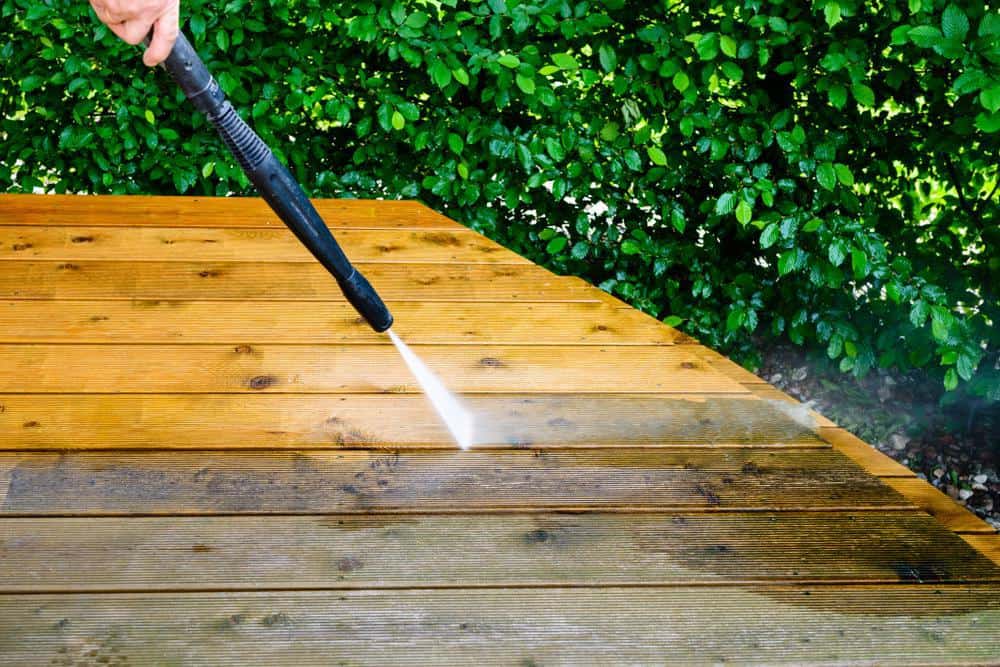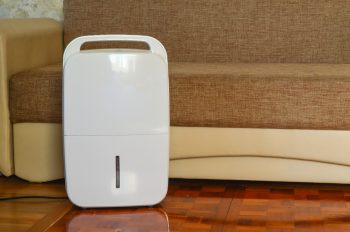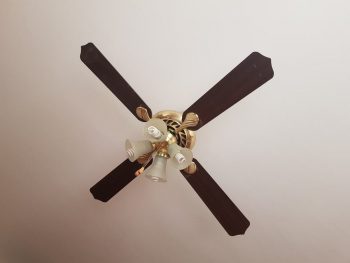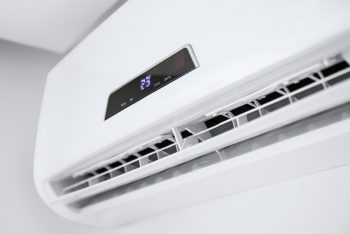
Pressure washers are an invaluable tool for home and professional cleaning jobs, delivering a high-pressure stream of water that can blast away dirt, grime, and stains in a snap. One key component of a pressure washer that often gets overlooked is the clear hose. But what is the clear hose on a pressure washer for? In this article, we’ll delve into the purpose of this component, its importance, how it works, and how to maintain it.
The clear hose on a pressure washer is used for detergent suction. It is connected to the pressure washer pump and submerged into a bottle or container of detergent. When the pressure washer is in operation, the detergent is drawn up through the clear hose, mixed with water, and then sprayed onto the surface being cleaned. This enhances the cleaning power of the pressure washer, making it more effective against stubborn dirt and grime.
The Purpose of the Clear Hose on a Pressure Washer
The clear hose on a pressure washer serves a vital role—it acts as a suction tube for the detergent. This hose is connected to the pressure washer pump and is submerged into a bottle or container of detergent. When the pressure washer is in operation, the detergent is drawn up through the clear hose, mixed with water, and then sprayed onto the surface being cleaned. This process enhances the cleaning power of the pressure washer, making it more effective in tackling stubborn dirt, grease, or grime.
The Design and Functionality of the Clear Hose
The clear hose is typically made of PVC material, reinforced with braided fibers. This design allows the hose to withstand the high pressure that comes with heavy liquid loads, as well as the chemical resistance necessary for various cleaning solutions. The clear design also provides easy visibility of the flow of detergent, ensuring the pressure washer is functioning properly.
To use the clear hose for detergent suction, you’ll need to:
- Prepare the pressure washer for standard operation.
- Connect the low-pressure nozzle (usually black) to the gun and wand assembly.
- Locate the clear detergent pickup hose, which is already attached to the pressure washer pump.
- Submerge the end of the clear hose into the detergent bottle, ensuring it stays submerged during the washing process.
The Importance of the Clear Hose in Pressure Washing
While the clear hose is not directly involved in the high-pressure water flow, it plays a crucial role in enhancing the cleaning capabilities of the pressure washer. Without the clear hose, the pressure washer would only use water for cleaning, which might not be as effective in certain situations. Therefore, the clear hose is an important component of the overall operation of a pressure washer.
Maintenance and Troubleshooting of the Clear Hose
Regular maintenance of the clear hose is essential to ensure its longevity and proper functioning. This includes regular inspection for signs of wear and tear, flushing water through the hose after each use to remove any debris or buildup, and proper storage to prevent damage. Lubricating connections and replacing damaged O-rings are also part of maintaining the clear hose.
If the clear hose is not functioning properly, it can lead to several issues, including low or no water pressure, inconsistent water flow, and potential damage to the pressure washer itself. Common problems include a clogged or obstructed hose, a kinked or collapsed hose, leaks or holes in the hose, a clogged inlet filter, and incorrect hose size. In such cases, it may be necessary to consult the user manual or contact a professional for further assistance.
Replacing the Clear Hose
Yes, the clear hose on a pressure washer can be replaced. You’ll need to disconnect the damaged hose, purchase a new one suitable for your pressure washer, and attach it to both the pressure washer and the spray gun. Remember to always turn off the pressure washer and disconnect it from the power source before beginning the replacement process.
Safety Precautions
Handling the clear hose on a pressure washer requires adherence to safety precautions to avoid accidents and injuries. These include familiarizing yourself with the pressure washer’s safety features, being aware of potential hazards, wearing appropriate personal protective equipment, maintaining a firm footing and grip, and not crimping or tying off hoses against sharp objects.
In conclusion, the clear hose on a pressure washer plays a pivotal role in enhancing the machine’s cleaning capabilities by allowing for the use of detergents. With proper care and maintenance, this component can serve you well for many cleaning jobs to come.
Frequently Asked Questions
Can I use any type of detergent with my pressure washer?
No, it’s important to only use detergents that are specifically designed for pressure washers. Regular household cleaning products can damage the machine or be harmful if inhaled or come in contact with skin. Always check the manufacturer’s instructions for recommendations.
What should I do if the clear hose is not sucking up the detergent?
If the clear hose is not drawing detergent, first ensure that the hose is properly submerged in the detergent. If that’s not the issue, check for any obstructions or clogs in the hose or filter. If the problem persists, the hose might be damaged and need replacement.
Can I use my pressure washer without the clear hose?
Yes, you can use a pressure washer without the clear hose, but it will only use water for cleaning. The clear hose is primarily for adding detergents to the cleaning process, which can enhance the machine’s effectiveness against stubborn dirt and grime.
How often should I replace the clear hose on my pressure washer?
The lifespan of the clear hose on a pressure washer varies based on usage and maintenance. However, it is recommended to replace it if you notice signs of wear and tear, such as cracks, leaks, or if it’s no longer drawing detergent effectively.
Is it safe to touch the clear hose while the pressure washer is operating?
It’s generally safe to touch the clear hose while the pressure washer is in operation, as it’s only carrying detergent and not pressurized water. However, always follow safety guidelines and avoid touching any part of the pressure washer without necessary protective equipment, especially if the machine is in use.












